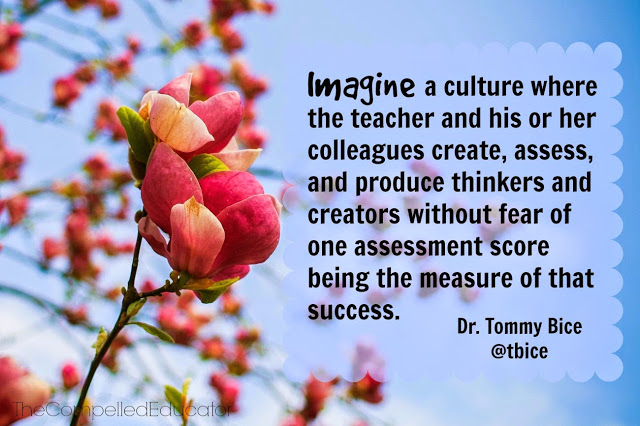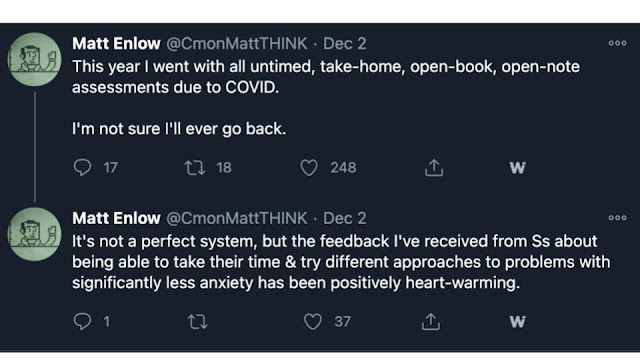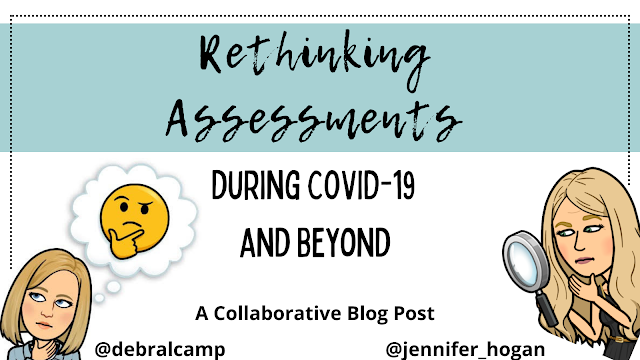The pandemic has caused us to make many changes in our everyday life, causing businesses to re-think their business strategies to remain relevant and open during these challenging times. It’s no different for education. For centuries, “school” has remained consistent and almost unchanged overall.
With people all over the world making and implementing new plans and new ways of doing things, we wanted to focus on the topic of assessment for this blog post.
There are some hard questions that have been raised by educators about assessment:
- Is formative and summative assessment necessary during the pandemic?
- Do tests need to be proctored and/or timed?
- Can it really be considered an assessment if students are allowed to use notes and resources to craft their answers?
- Is it possible to move beyond assessing what students know to what students can do with their knowledge (apply, create, iterate, solve)?
- Are we measuring what we value?
- How can we use technology to assist in the creation of authentic and interactive assessments?
Below are five ways we found that assessments and final exams might be given and adapted during COVID-19 and beyond.
1. Student Choice
2. Evidence of Mastery using Flipgrid
3. Final Exams or Epic Finales by Anthony Crider
Could exam week become the best week of the year? Anthony Crider took the traditional exam and flipped it upside down to create a culminating experience at the end of the semester. After seeing a colleague tackle a final by asking one really good question, he set out to do the same thing.
“It took me longer to come up with that one good question than it did to pick 100 questions for my introductory astronomy class. I also trimmed the question down to be as short as possible, requiring students to “unpack” it even before answering it. As one student wrote to me afterward, “I think I spent as much time figuring out what the question was asking as I did answering the question.”
“The unspoken truth of education is that we don’t want students just to learn the material; we want them to want to learn the material. The final exam closes the book on a semester of learning. An epic finale primes the students to discuss the topic for weeks (or years) to come and to leave the classroom amid a bit more awesomeness than when they arrived.”
4. A Google-Proof Assessment
5. ePortfolio – Collecting Evidence of Learning
What sets people apart from others in the 21st century is knowing what to do with the information that is available to them, not simply having the information. Developing the skills of curation, evaluation, synthesis, and application should be goals within any assessment.
How might the next assessment you develop look different? How would you lead teachers to re-think and change their assessments?









